Creating Visual Supports At Home To Enhance ABA Learning
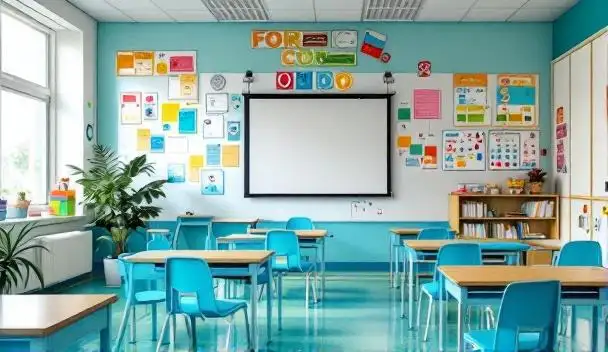
Harnessing the Power of Visual Aids for Effective Learning
Creating a structured, engaging learning environment at home is essential for children with developmental disabilities and those undergoing ABA therapy. Visual supports are a versatile and effective tool that can significantly enhance understanding, communication, and behavior management. This article explores strategic approaches to developing and implementing visual supports at home, offering practical tips, resource recommendations, and best practices for caregivers and families to optimize ABA learning outcomes.
Designing Personalized Visual Supports for Home Use
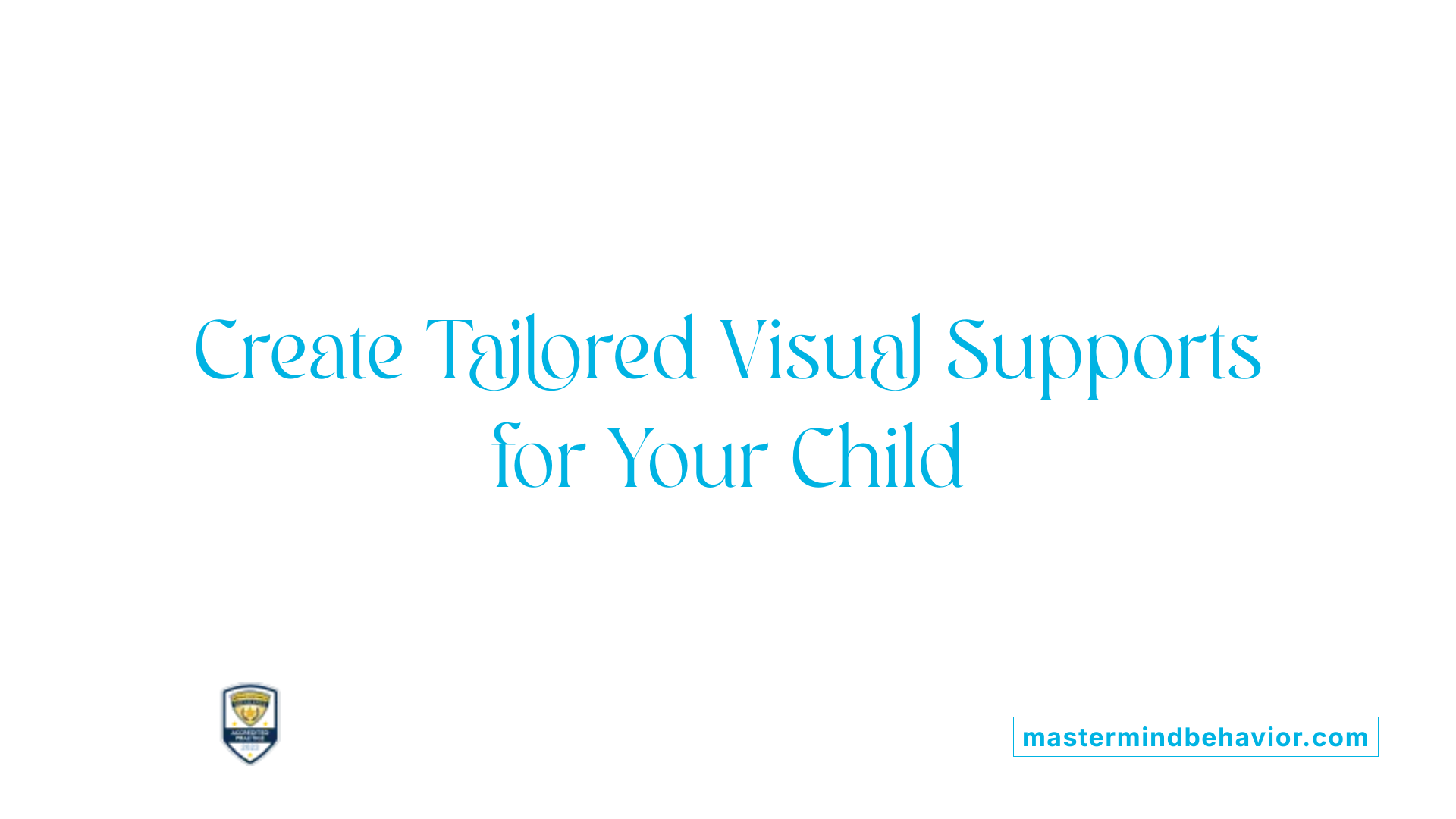
How can visual supports be tailored to meet individual needs?
Creating visual supports that are clear and simple is essential for effective communication and learning at home. Start by selecting visuals that are easily recognizable and relevant to the child's daily routines. Using pictures, symbols, or icons that match the child's cognitive level ensures better understanding.
Incorporate visuals like picture cards, PECS (Picture Exchange Communication System), or communication boards customized to the child's interests and needs. These tools help children express themselves and navigate daily activities with less frustration.
What are some ways to use routines, schedules, and transition cues?
Visual routines and schedules help establish predictability, which can reduce anxiety and behavior challenges. Use visual calendars or daily checklists that clearly show what will happen next. Timers or countdown cues can also prepare children for transitions, such as moving from playtime to mealtime.
Transition cues like visual timers or countdown cards signal upcoming changes, easing transitions and promoting independence. Creating visual supports for transitions helps children understand what to expect, making daily routines smoother.
How do you ensure supports are accessible and organized?
Designate specific areas for visual supports, such as a visual board or schedule station in the home. Keep visuals organized and easily accessible to encourage independence. Use labels and storage containers to protect and keep visuals in good condition.
Set up a quiet zone or calming corner equipped with visuals like soothing pictures or calming timers. This space offers a refuge when children feel overwhelmed or overstimulated.
Involving family members and caregivers in the creation and use of these visual supports is vital. Consistent use reinforces learning and helps create a predictable environment.
Utilize digital tools or interactive visuals to boost engagement. These can be used on tablets or computers, making them flexible for both virtual and in-person use.
Implementing these strategies ensures that visual supports are practical, engaging, and tailored to your child's unique needs, fostering a supportive learning environment at home.
Implementing Visual Supports Effectively in the Home Environment
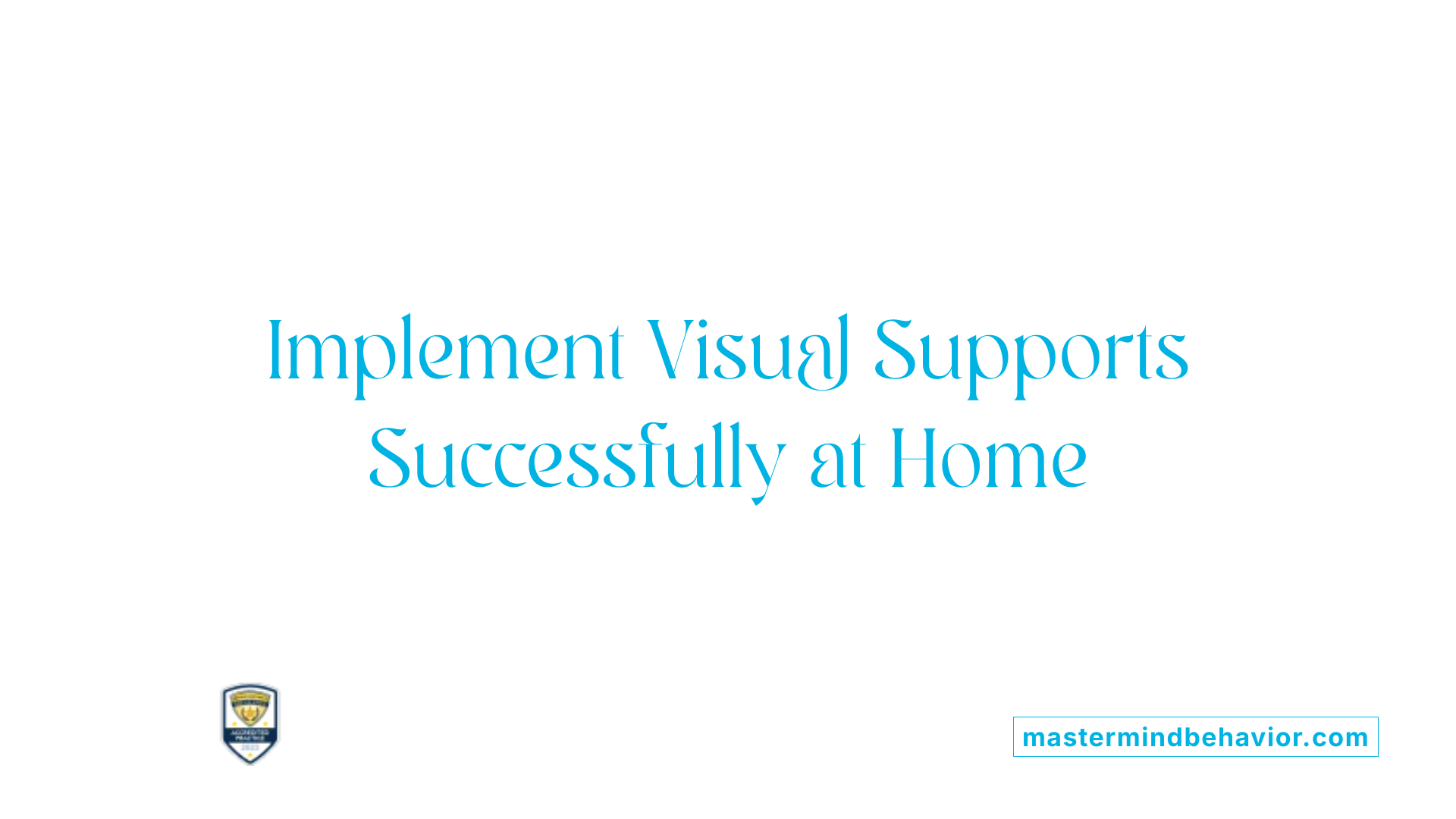 Creating a supportive home environment with visual supports can significantly enhance independence and communication for children and adults with developmental challenges. When introduced thoughtfully, visuals serve as helpful reminders and guides that foster confidence in daily routines.
Creating a supportive home environment with visual supports can significantly enhance independence and communication for children and adults with developmental challenges. When introduced thoughtfully, visuals serve as helpful reminders and guides that foster confidence in daily routines.
Start by selecting suitable visual supports, such as schedules, choice boards, or social stories, tailored to your individual's needs and developmental level. These tools should clearly depict what is expected, helping to reduce anxiety and increase understanding.
Placement is vital; position visual aids at eye level in common areas. This ensures they are easily accessible and encourage spontaneous use, especially during routine activities like brushing teeth or tidying up.
Using visuals consistently throughout daily routines promotes familiarity and reinforces learning. Incorporate them into activities such as handwashing, meal preparation, or transitioning between tasks to provide clear cues.
It is helpful to introduce visuals gradually while providing guidance and encouragement. Over time, as your loved one becomes more confident, you can start to fade these supports to foster independence, always monitoring their comfort and competence.
Personalization is essential. Regularly review and adapt the visuals to reflect progress or changing needs. This dynamic approach ensures ongoing relevance and effectiveness.
By embedding visual supports into your daily life and routines, you create an environment that supports growth, understanding, and autonomy. With patience and consistency, visual supports become a natural part of daily interactions.
| Tip | Technique | Additional Information |
|---|---|---|
| Start with simple visuals | Choose visuals that match current needs | Use clear images or symbols that are easy to understand |
| Consistent placement | Keep visuals accessible and predictable | Helps build routines and reduces confusion |
| Incorporate into routines | Use visuals during daily activities | Reinforces expected behaviors and transitions |
| Gradual fading | Reduce reliance on visuals over time | Promotes independence while maintaining support |
| Personalize visuals | Update and adapt visuals regularly | Reflect progress and changing needs |
Using Digital Tools and Resources for Visual Supports

What resources and ideas are available for developing visual schedules, routines, and communication aids at home?
Creating effective visual supports at home is easier with the right resources. There are many free printable materials available online, including customizable visual symbol cards, routine charts, and daily timetable cards. Reputable websites often provide picture-based social stories and simple first-then schedules that help children understand daily routines and transitions.
Digital tools also offer versatile options for personalized visual aids. Apps like Smarty Symbols Studio let users create custom visual boards and communication supports that are tailored to individual needs. Platforms such as PBS Kids provide visually engaging tools that can be adapted for routines, making learning interactive and fun.
Guidance from professionals and organizations specializing in autism can further inform effective strategies. Therapists often recommend visual supports like countdown timers, choice boards, and social stories, which help children feel more secure and independent.
Implementing these resources involves understanding each child's specific needs and organizing visuals coherently. Start introducing supports gradually, and consistently reinforce their use to promote predictability and build confidence at home. Using a combination of printable materials and digital apps creates a flexible approach suitable for various learning styles, ultimately fostering a more supportive environment for children with developmental challenges.
This approach not only supports communication and understanding but also helps reduce anxiety during routines and transitions, encouraging greater independence and participation in daily activities.
Enhancing Learning through Visual Supports for Children with Autism and Developmental Disabilities
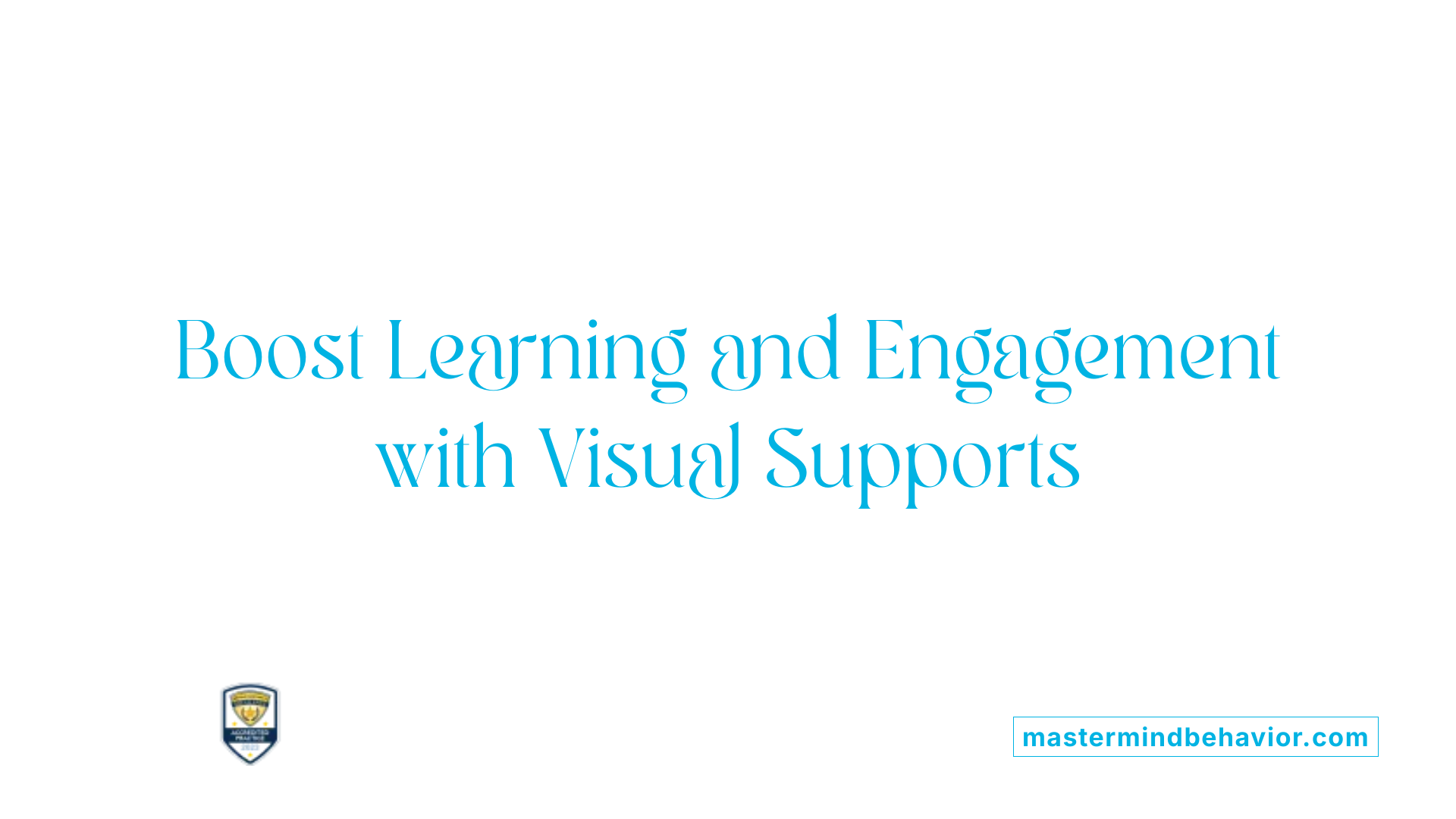
How can visual supports be used to enhance learning for children with developmental disabilities, including autism?
Visual supports are vital tools tailored to leverage the natural strengths of children with developmental disabilities, including autism, who often learn best through visual means. These supports encompass a variety of visual aids such as pictures, schedules, timers, and cue cards that help clarify daily routines, specific instructions, and behavioral expectations.
By implementing visual supports, caregivers and educators can make routines predictable and understandable. For example, visual schedules outline daily activities step-by-step, reducing uncertainty and anxiety. Visual cues like picture cards for transitions or task prompts aid children in understanding what comes next, helping them navigate their day more independently.
These tools also facilitate communication, especially for children with limited verbal skills. Using augmentative and alternative communication (AAC) systems like communication boards enhances their ability to express needs and participate actively. Importantly, visual supports are flexible and can be tailored to individual preferences and developmental levels, ensuring better engagement.
In settings like classrooms and homes, visual supports help manage behavior, promote social interactions, and encourage participation. Visual timers and reinforcement charts, for instance, reinforce positive behaviors by visually indicating progress and rewards.
Overall, incorporating a variety of personalized visual supports creates a structured environment, reduces confusion, and fosters a sense of security. This approach not only boosts comprehension and communication but also nurtures independence and social participation, forming a foundation for meaningful learning and development.
Best Practices for Creating and Using Visual Supports in ABA Therapy
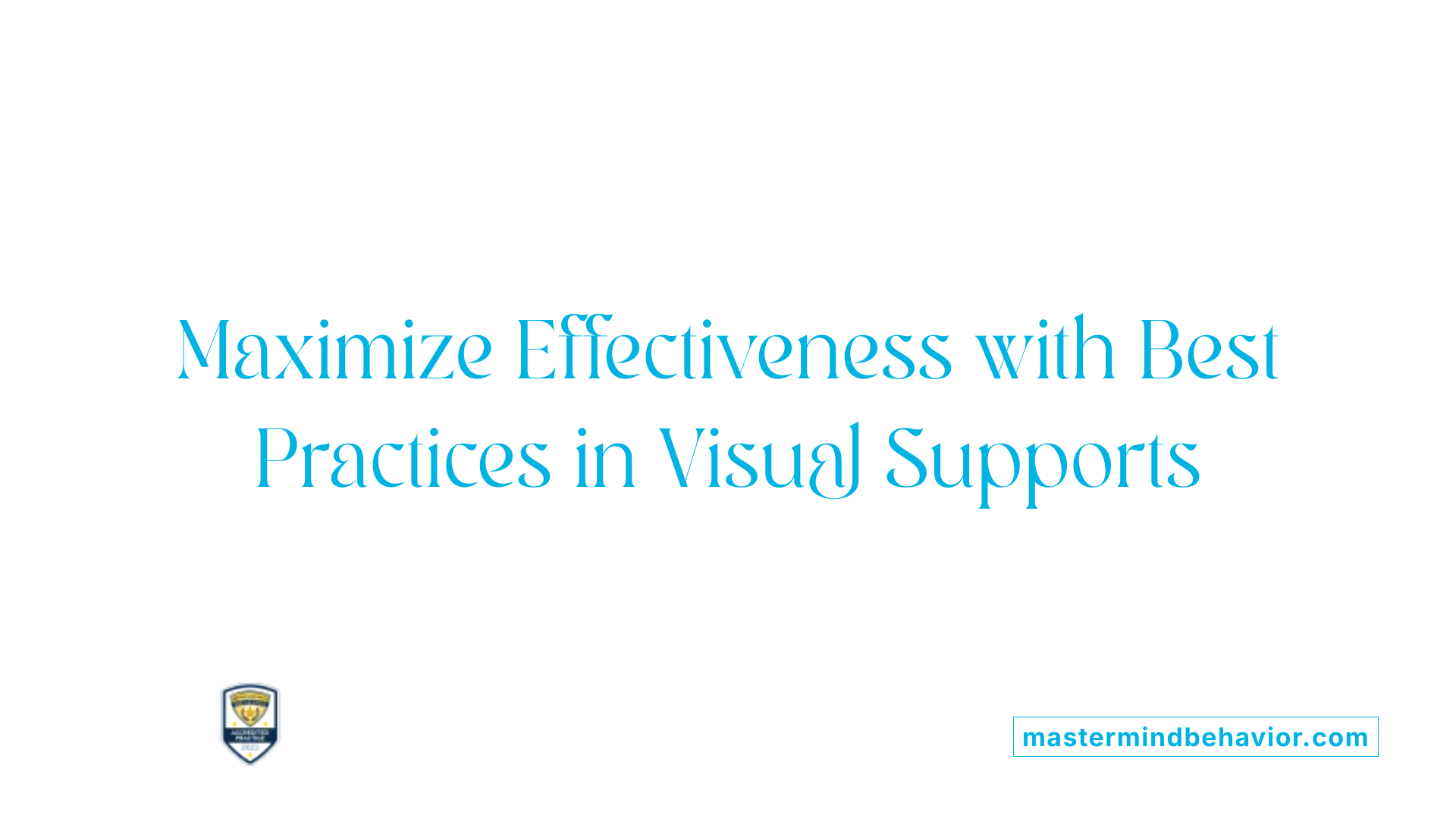
How can collaboration with specialists enhance the development of visual supports?
Working with professionals such as speech pathologists, educators, and behavior analysts is crucial in crafting effective visual supports. Their expertise ensures that visuals are tailored to meet individual communication and learning needs. For example, incorporating specialized input can help create visuals that align with a child's developmental level and specific challenges, fostering better engagement and progress.
How important is individualization when using visual supports?
Personalizing visuals like picture schedules, choice boards, and flashcards ensures they are relevant and meaningful for each learner. Custom visuals can include familiar objects or routines, making them easier to understand and use independently. Such tailoring promotes predictability, reduces anxiety, and encourages active participation in daily activities.
What role does consistency and systematic teaching play?
Consistent use of visual supports across settings—home, school, and community—is essential for reinforcing learning. Systematic teaching involves following a clear plan for introducing, modeling, and prompting the visuals to help learners understand and anticipate activities. Regular reinforcement and gradual fading of prompts help learners develop independence.
Why is regular assessment and updating of visuals necessary?
Ongoing evaluation of visuals' effectiveness allows caregivers and therapists to identify what works or needs adjustments. Updating visuals to reflect developmental changes, new skills, or changing routines ensures ongoing relevance and engagement. This dynamic approach supports continuous progress and reduces frustration.
Below is a summary of best practices in visual support implementation:
| Aspect | Strategy | Explanation |
|---|---|---|
| Collaboration | Engage specialists | Ensures visuals are tailored and effective |
| Individualization | Personalize visuals | Enhances relevance and independence |
| Consistency | Use across environments | Reinforces learning and behavior |
| Systematic Teaching | Follow structured plan | Promotes skill acquisition |
| Assessment & Update | Regular review | Keeps visuals relevant and effective |
Implementing these practices fosters a comprehensive and adaptable approach that maximizes the benefits of visual supports in ABA therapy and daily life.
Optimizing ABA Learning with Visual Supports
Implementing effective visual supports at home is a cornerstone in supporting children with developmental challenges through ABA. By carefully designing personalized visuals, integrating them into daily routines, leveraging digital resources, and following best practices, caregivers can foster independence, reduce anxiety, and improve learning outcomes. Consistent application and regular assessment ensure these supports evolve with the child's progress, ultimately creating a structured environment conducive to meaningful development and successful ABA therapy outcomes.
References
- Visuals2Go: Home
- 3 Visual Hacks for ABA Instruction
- Best Ways to Create a Autism-Friendly Environment for a Child
- Visual Supports for Students with Autism in the Classroom
- The Use of Visual Supports to Facilitate Transitions ...
- Top 7 Benefits Of ABA Therapy For Autistic Children
- 10 Evidence-Based ABA Therapy Techniques to Consider
Recent articles

How ABA Therapist Uses Data To Adjust Behavior Plans
Data-Driven Insights: Shaping Effective ABA Behavior Plans
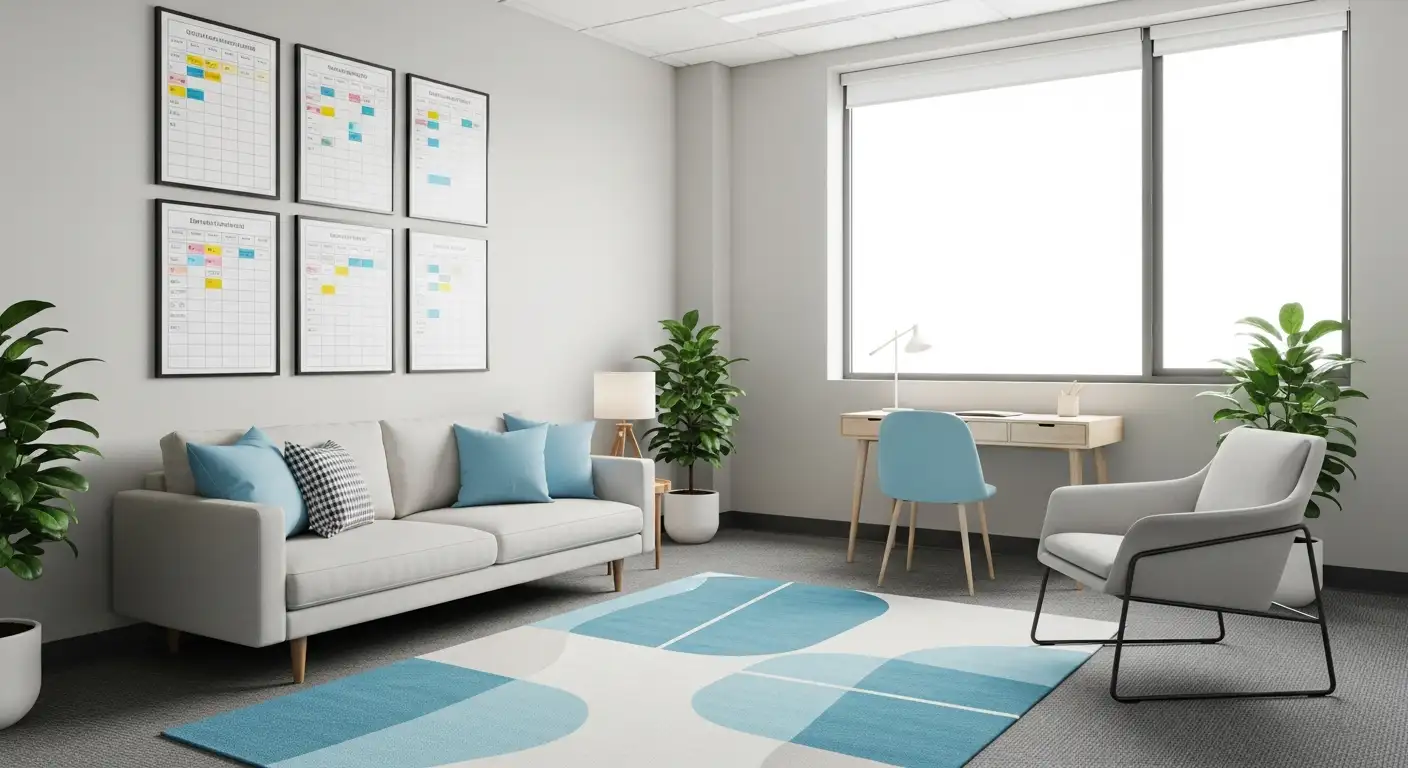
ABA Therapy For Teaching Responsibility In Managing Schedules
Harnessing ABA Therapy to Cultivate Schedule Management Skills in Children with Autism

What Families Should Know About ABA Therapy Ethics And Consent
Understanding the Foundations and Ethical Framework of ABA Therapy

How ABA Providers Can Help Teachable Moments Arise Throughout the Day
Creating Learning Moments Anywhere: The Role of ABA Providers in Everyday Development

How to Navigate Autism Laws and Legal Support Services In NJ And GA
Comprehensive Legal Frameworks Supporting Autism Therapy in NJ and GA
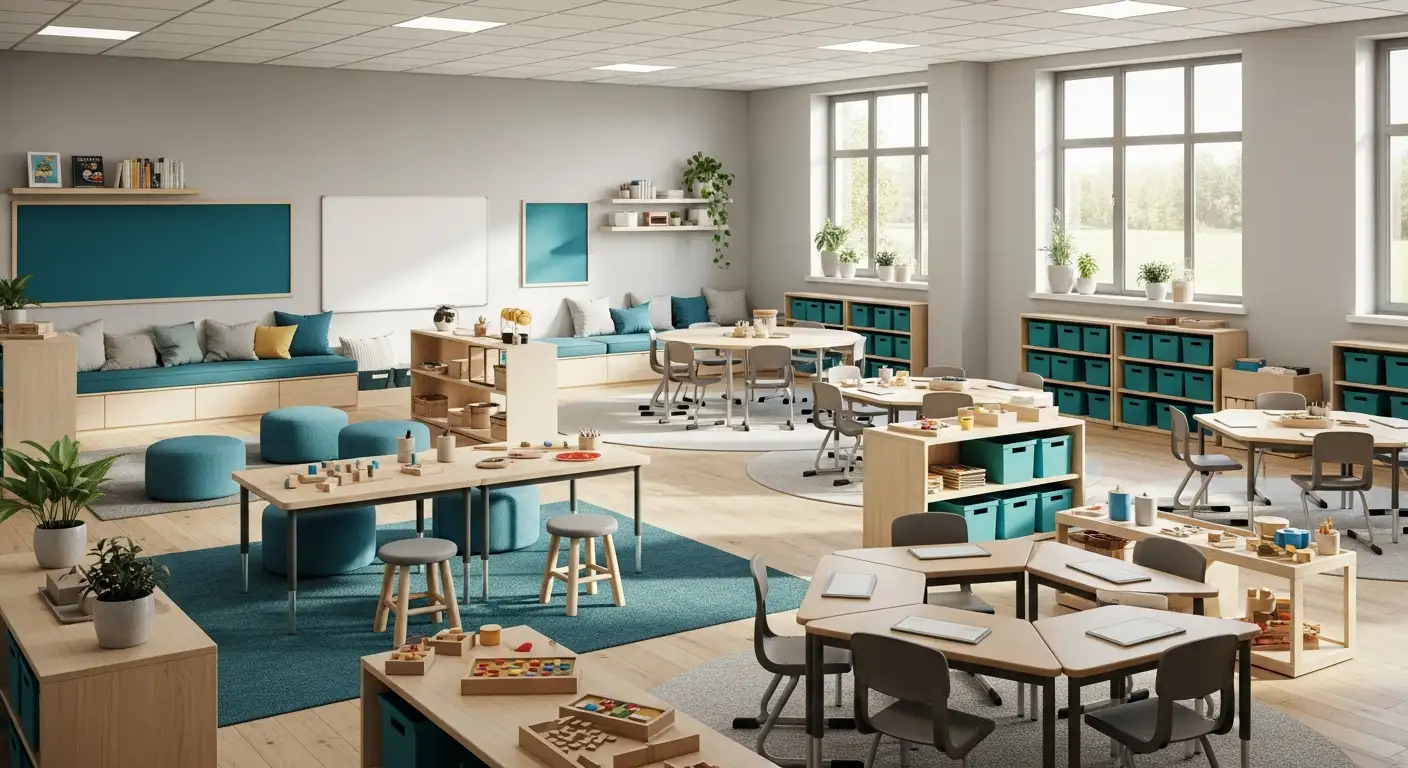
How ABA Therapy Improves Adaptation To New School Environments
Supporting Children with Autism Transitioning into School through ABA Therapy



